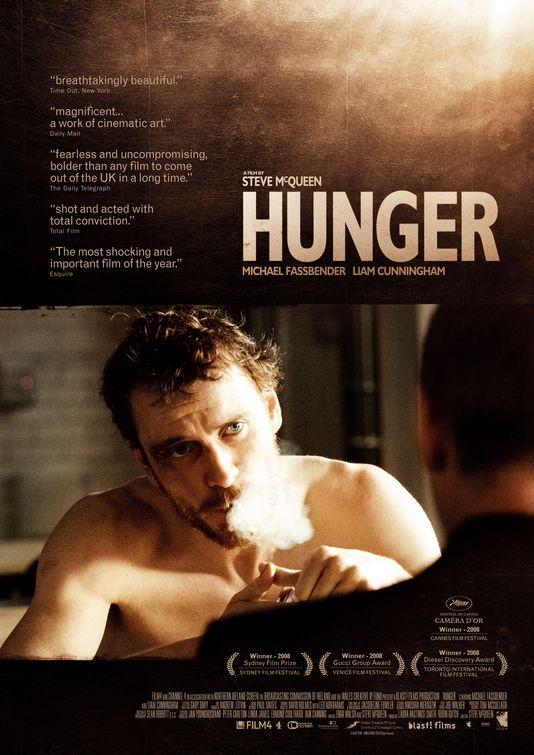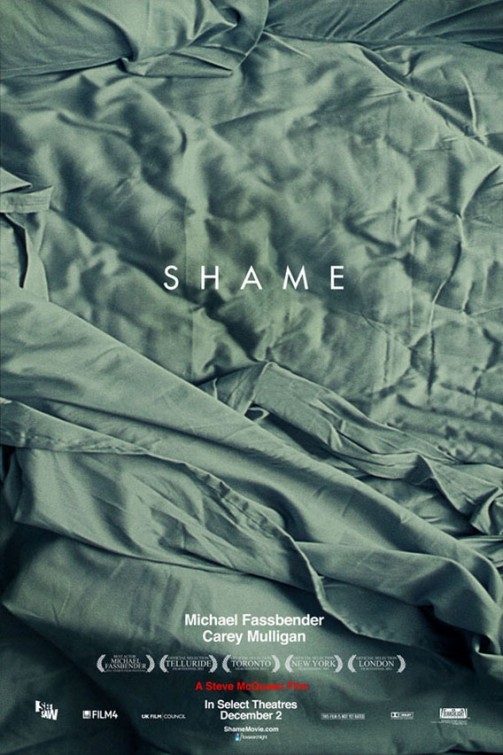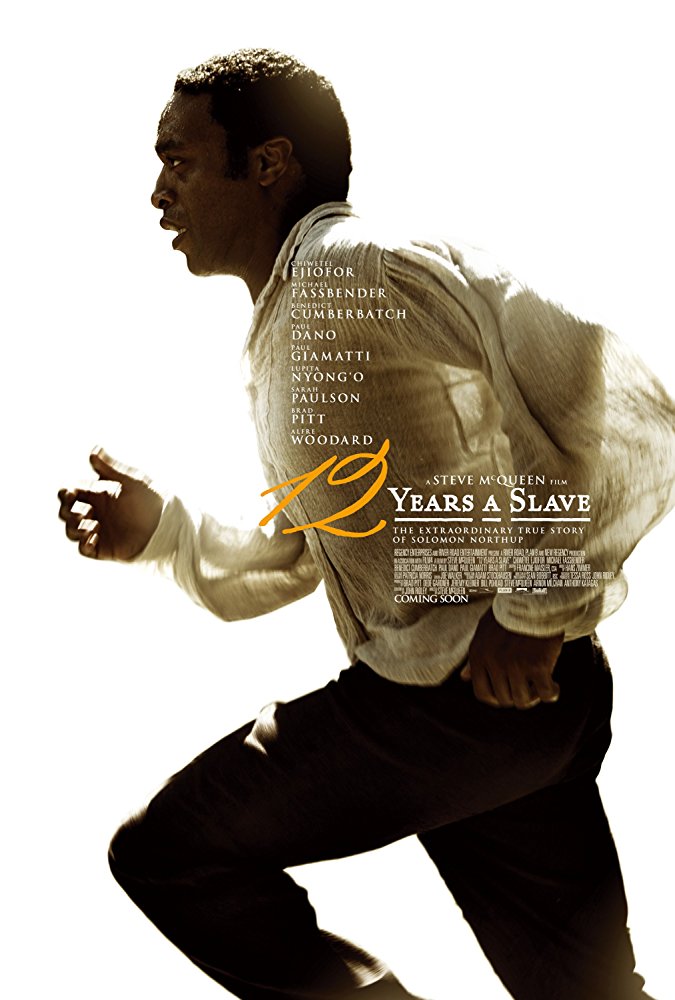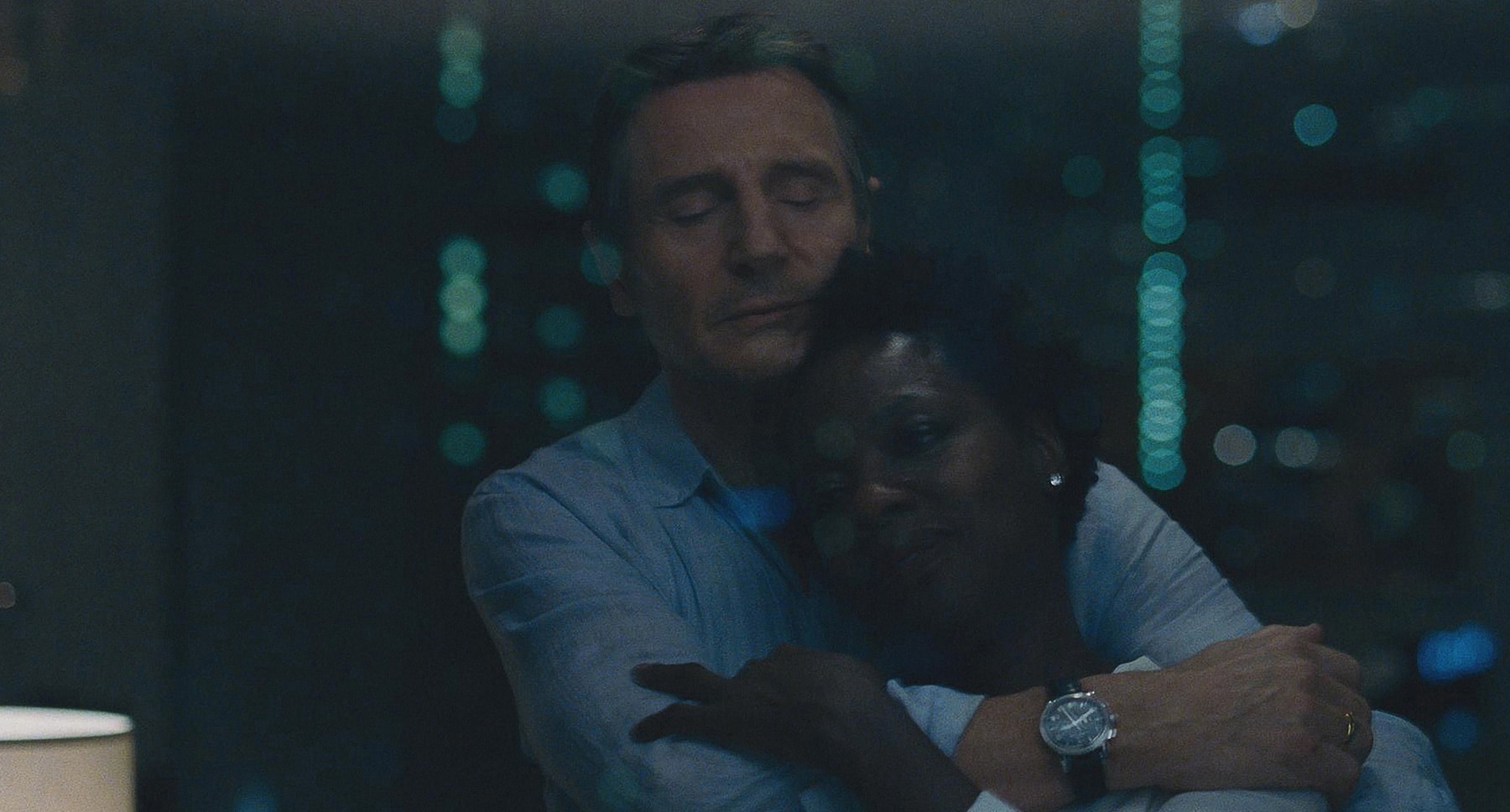Steve McQueen is a member of the rare species of those established gallery-based artists that made a successful transition to commercial cinema. Being one of the most established powerhouse names in the contemporary film world, he still has only three flicks on his account with a fourth one awaiting UK release in a couple of weeks. In just five years the British director grew from a debutante to an Oscar-nominated artist. All of McQueen’s works achieved critical recognition with the most recent one,12 Years a Slave, being a massive commercial success garnering $180 millions worldwide. Over the last several years the cinema industry has noticed a growth of space for the black directors. Steve McQueen was at the forefront of this revolution, trailblazing the path into the mainstream for many underrepresented minorities.
A walking paradox, a dyslexic child who his teachers considered unintelligent, an artist who won Turner Prize before clocking thirty, McQueen has shown in his works a rare combination of lyricism and physicality. His films revolve around the issues of enslavement, addiction, ubiquity of violence, and imprisonment. One of the other focal points of McQueens filmography is definitely body. The questions he poses often are: what can we do to someones body? Or to our body? How far can we go to satisfy the demands of our body? And are there any ideas that would make us completely neglect it?
The director’s style can be likened to a sadistic slow cinema where the point is to be member in the act of watching the cruel insufferable moments in a prolonged takes. McQueen’s trademark long takes have something more to offer than just expose the viewer to the uncomfortable. By having to look at something longer than we would have asked for we are forced to notice the details.

In McQueen’s first feature film, Hunger (2008), this details could be for example the hand motif. We initially see the bruised hands in the sink to learn of the cause of the lesions later in the film. The following sequence sets up a sense of paranoia. The male character needs to look around the street and underneath the car to make sure he can safely make his way for work. McQueen thus uses smart visuals to depict his characters’s life as a series of conundrums and threats.
His politics were aptly summarised by Nick James in his Sight and Sound article as: ’To speak through looking’. It takes several minutes for the viewers to notice that they are actually watching the antagonist. He is a prison officer in the Maze. Its year 1981, and the inmates are members of the I.R.A. in the middle of blanket protest. They want to be recognised as political prisoners by the government. At their helm stands Bobby Sands (Michael Fassbender), and he will begin hunger strike in a due future.
Although the film does not shy away from depicting the governmental brutality, it also does not attempt to overtly romanticise and glorify Sands’s struggle. It rather explores his suffering without getting too deeply into the dirty politics of finding who is right and who is wrong in the argument. Perhaps, the strength and objectivism of Hunger spring from McQueen’s approach to the subjected matter. He said in the interview with Kieron Carless that “It’s the situation that’s f***d, not the people’
Although the film largely focuses on its characters’s alienation, it also devotes much attention to how all the prisoners are interconnected. Streams of urine leaving prison cells at one orchestrated moment signify a sense of unity among the apparently disjointed society of Irish inmates. It is of course ironic that McQueen chooses to use that sort of faecal metaphor, but it also amplifies the process of dehumanisation the Maze inmates had to go through. This scatological imagery is also, as James bluntly put is, ‘the actual s**t of history’.
Critics have argued that from an aesthetic point of view the film is a mess. There is a clear Passoliniesque feel to its brutality and profanity. It is also both disturbing and disgusting to see inmates literally spread their s**t on the prison walls. There are also moments of lyricism and distance (some likened it to the style of the French director Robert Bresson). This unideal and incoherent aesthetics of the film is probably its strongest element. McQueen exhibits here an impressive ability to move across various cinematic styles; takes vary from very static 18-minute long shot to a quick hand-held takes emphasising the violence of the police.
His next project was Shame. A powerful title that could perhaps be applied to a film about any addiction. Yet here it not only talks about Brandon’s sex addiction, but also emphasises his alienation. The only character able to reach out to him is his sister Sissy (Carey Mulligan). She unravels the complex set of defence mechanisms Brandon has put together to ward off any form of closeness. The protagonist’s sister serves as a catalyst shattering the illusion of safety Brandon has created. In the first scene in which we see her “I want your love” by Chic plays, a title that ironically underpins their relationship. 
Some critics argued the film is sexist in depiction of women as mere objects Brandon uses to fuel his addiction. And although this might be problematic, Shame also attempts to emphasise that this is precisely the problem of the protagonist. He clearly has a problem with double standards. This is most accurate when he is slut-shaming Sissy for things that are at the centre of his leisure time. Also, it is worth noting how scenes with her are much more psychological rather than brutally physical, a rarity in McQueen’s oeuvre.
All of those works’s thematic unity harkens back to McQueen’s work as gallery-based artist. His works Carib’s Leap and Western Deep exhibit motifs similar to his later feature films. The former one dramatises a historical incident that took place on Granada (his parents’s place of birth) in 1651. In order to flee the colonisers the local Carib population would jump off the cliff to a certain death below rather than be imprisoned and enslaved. In Western Deep McQueen documented the work of miners in the deepest gold mines in the world. These works depict show a more political side of the British director. Documentary and lyrical styles intertwine to offer commentary on colonialist heritage that is still present under the guise of global capitalism.
2012 saw the release of 12 Years a Slave, McQueen’s most commercially successful film. All of his earlier works cued towards the theme of slavery, yet the epic scale of 12 Years a Slave shocked his fans. Based on the autobiographical novel under the same title, it tells a story of Solomon Northup. He becomes illegally enslaved and has to go through a tumultuous odyssey where each next slave owner becomes even more violent and corrupt. 
Like in McQueen’s earlier works, the film’s formal conservatism emphasises the tragedy of the protagonist. Scenes of terror are juxtaposed with disturbingly serene images of Floridan nature. The film is less radical stylistically in comparison with Shame or Hunger, but in this particular case it works to its advantage. The plot’s conciseness highlights the fact that 12 Years a Slave is a major American production. For the British director it is a first narrative feature film in a traditional, Hollywood sense. This exhibits McQueen’s ability to transgress across the genres and various modes of production and remain a successful director.
McQueen’s newest film Widows is a remake of a 1983 British TV show. Its ensemble casts consists of Viola Davies, Daniel Kaluuya, Michelle Rodriguez, Collin Farrell and many others. The director made a leap into a yet another territory by making a heist-movie for the first time in his career. The film currently scores 94% on rottentomatoes.com and opened this year’s London Film Festival.
Image sources: IMDB
Feature image: Twentieth Century Fox

